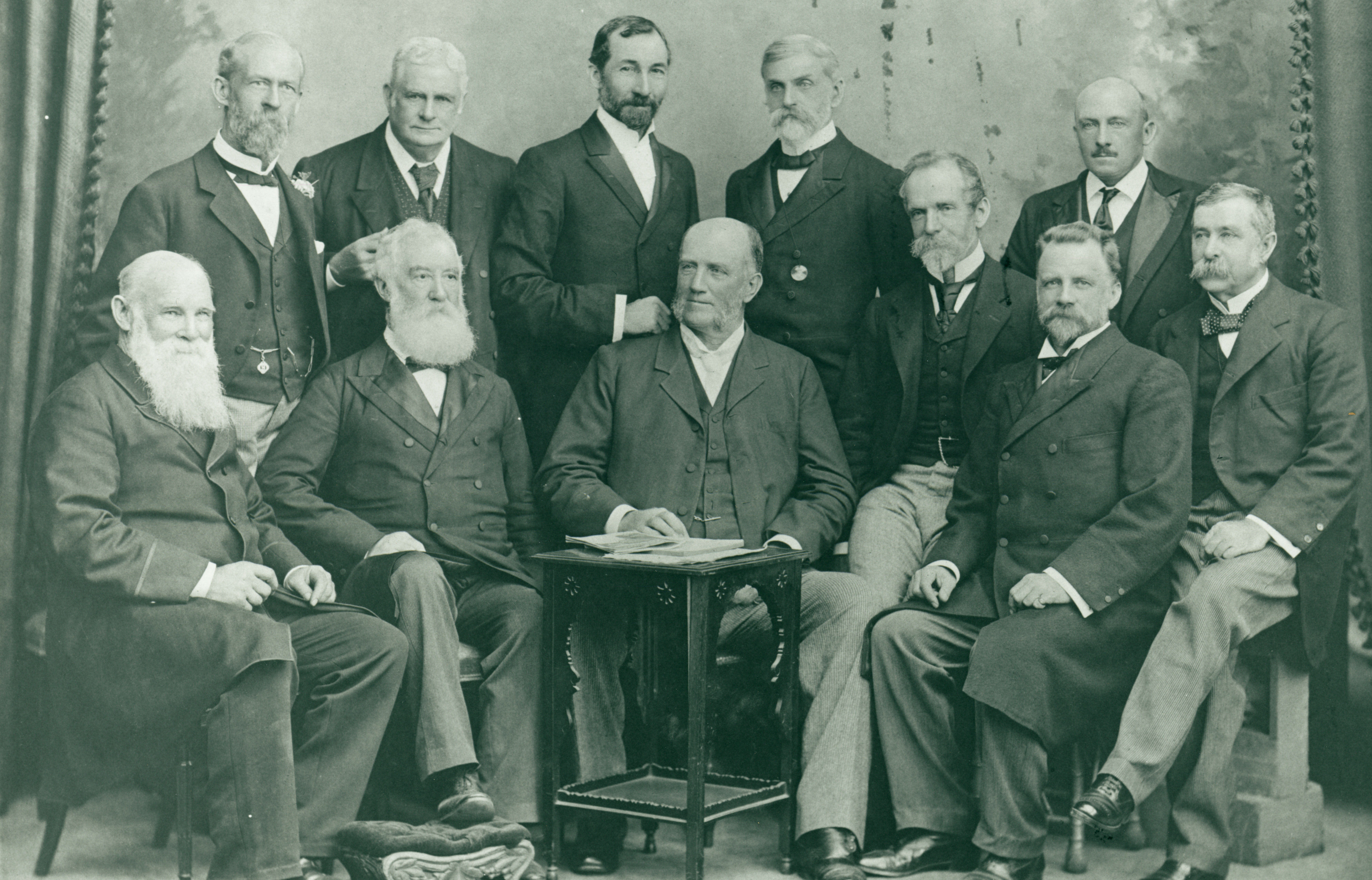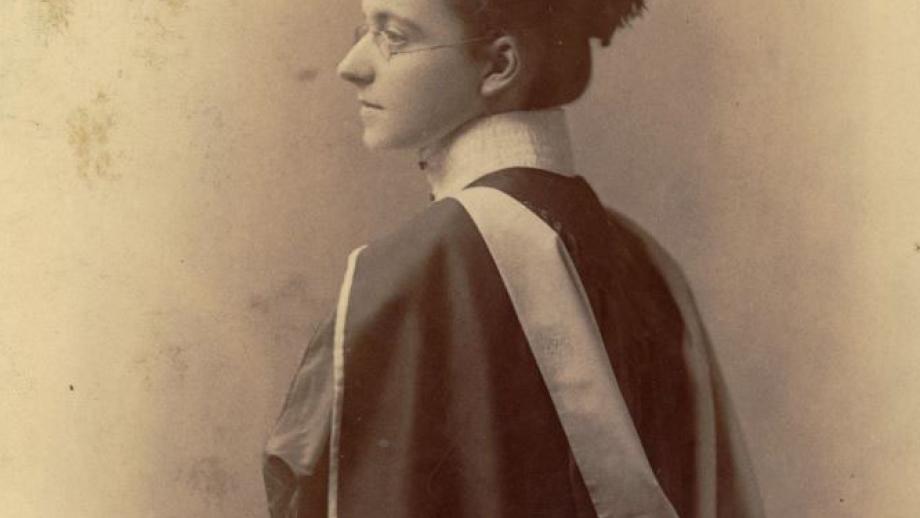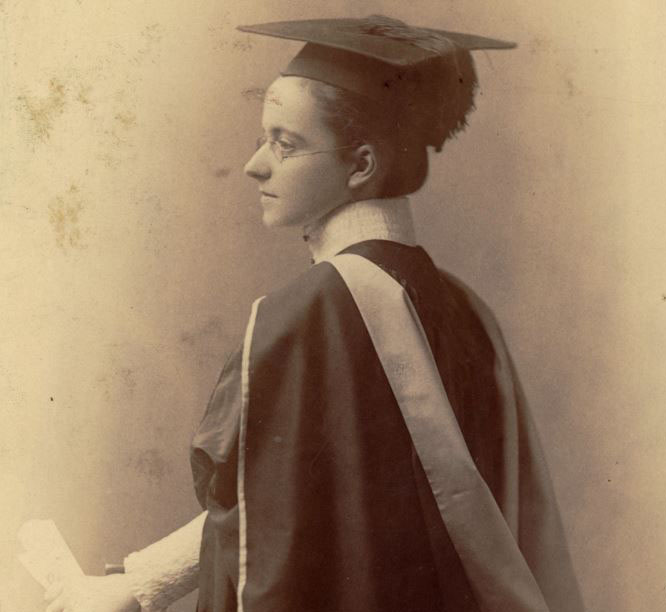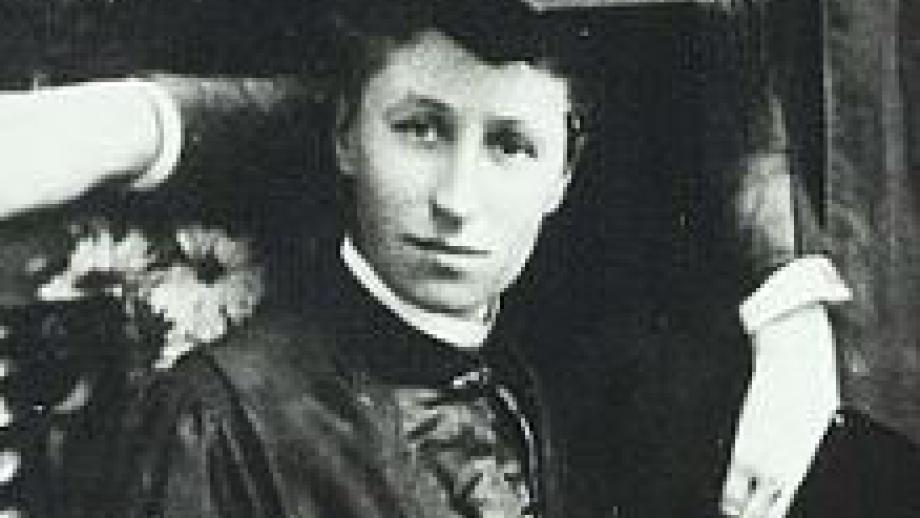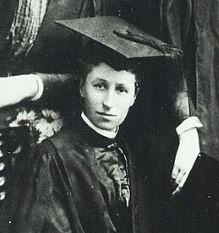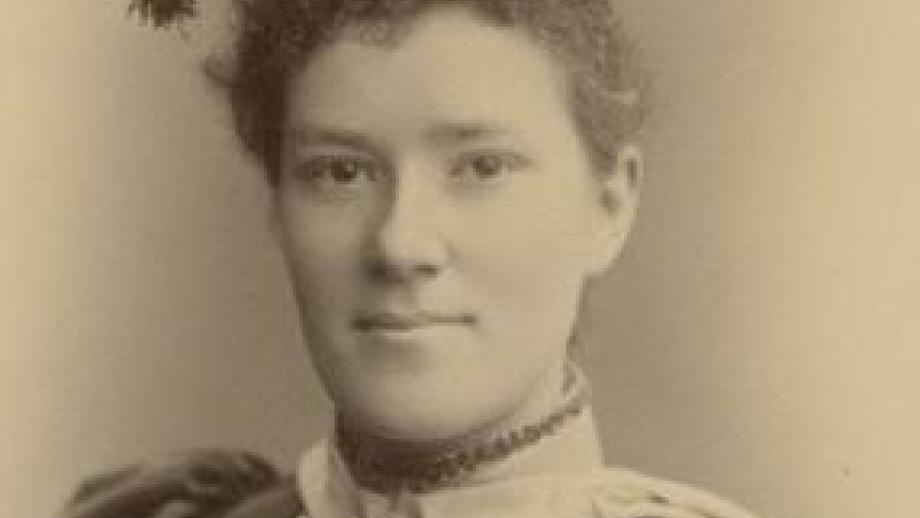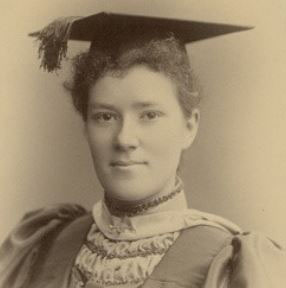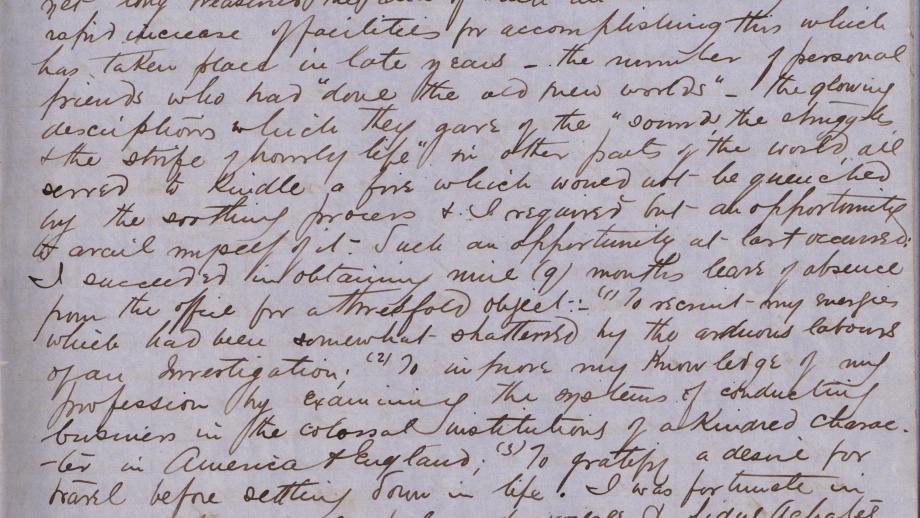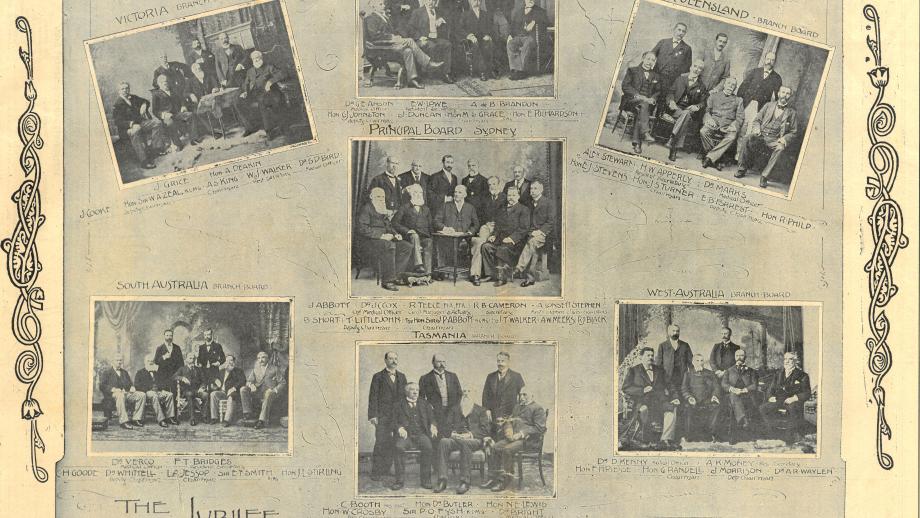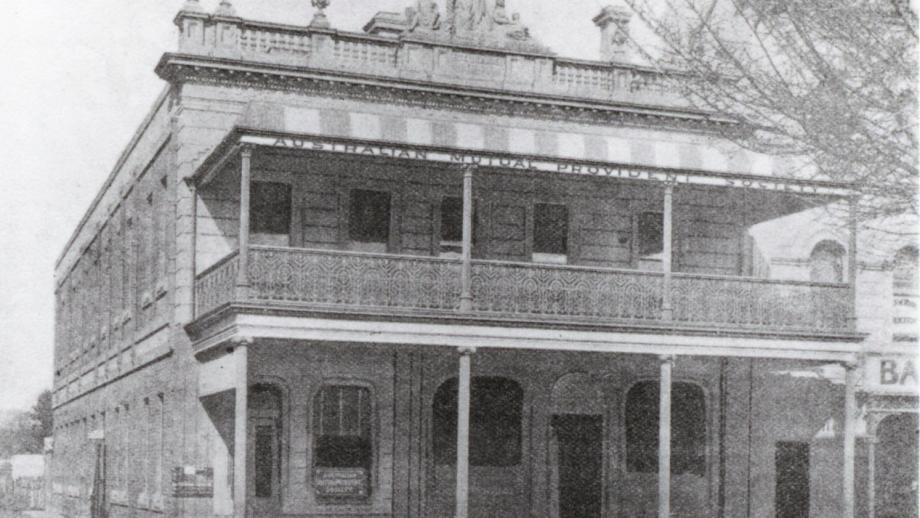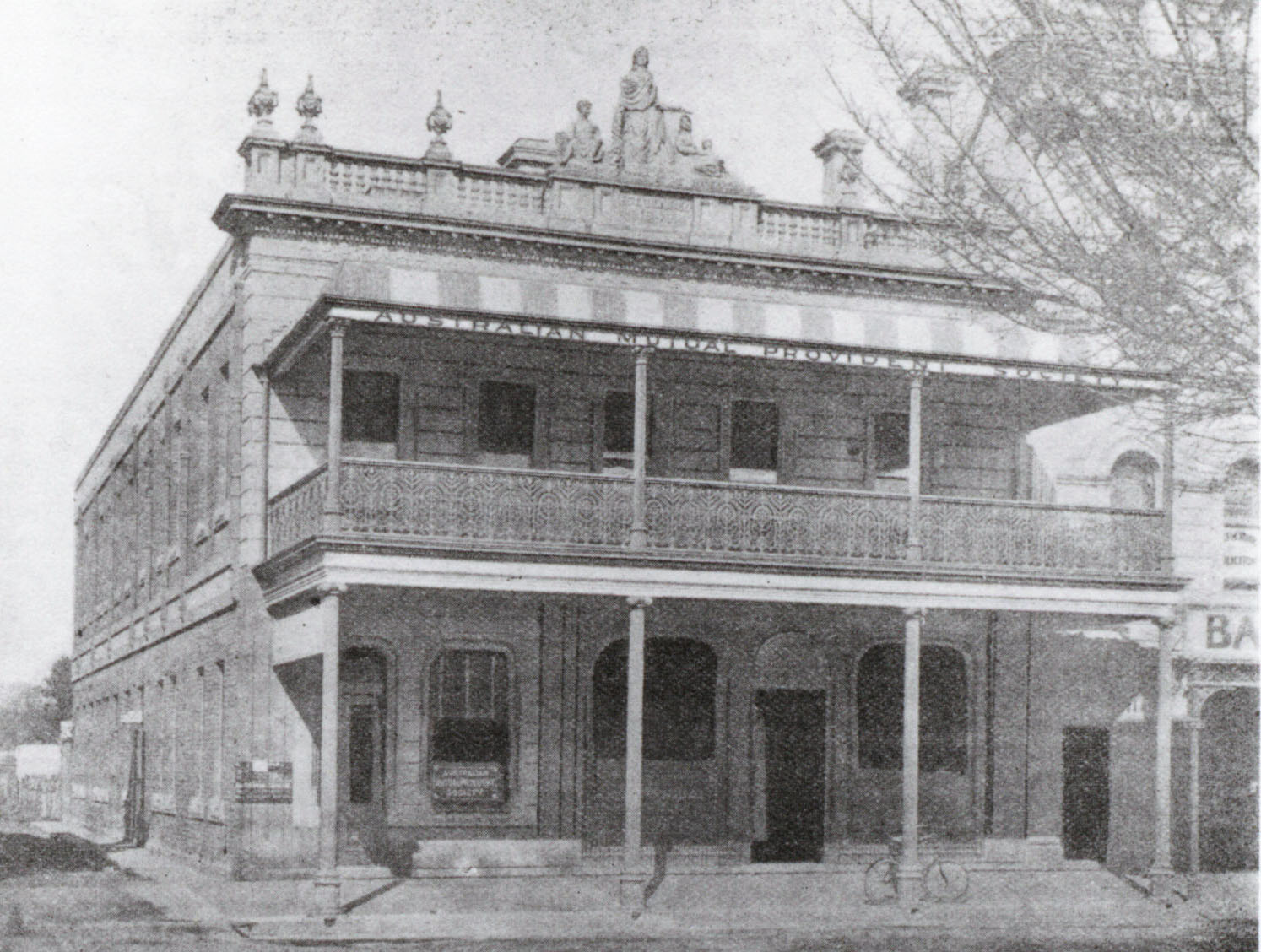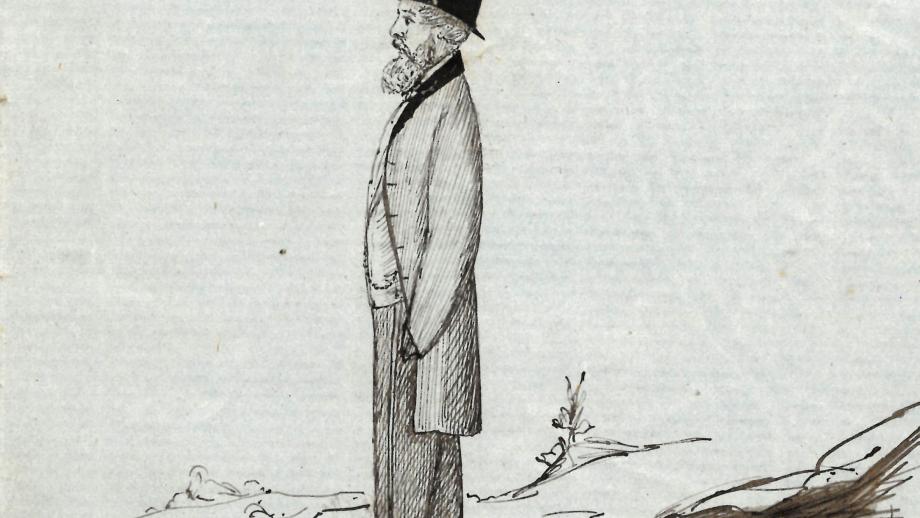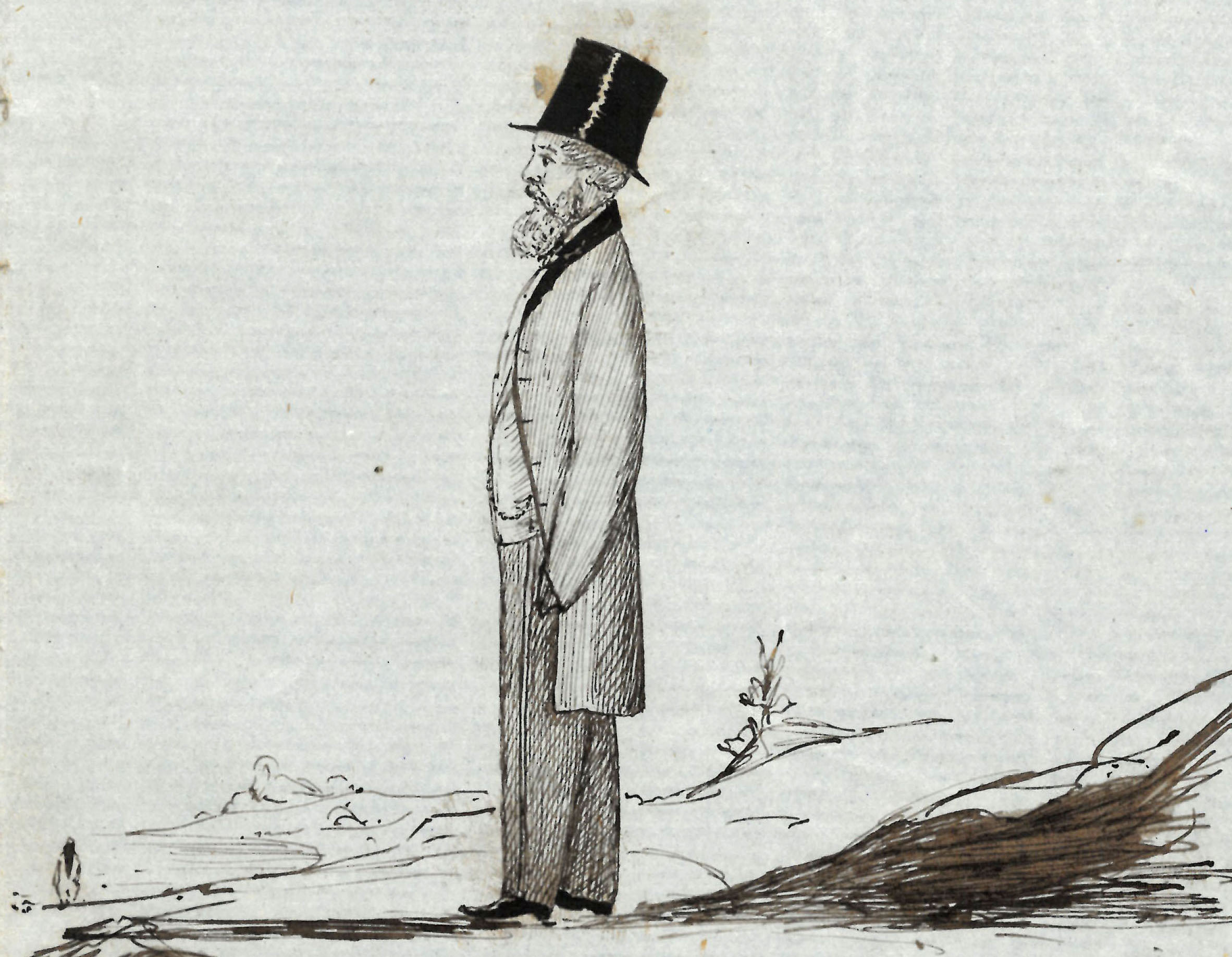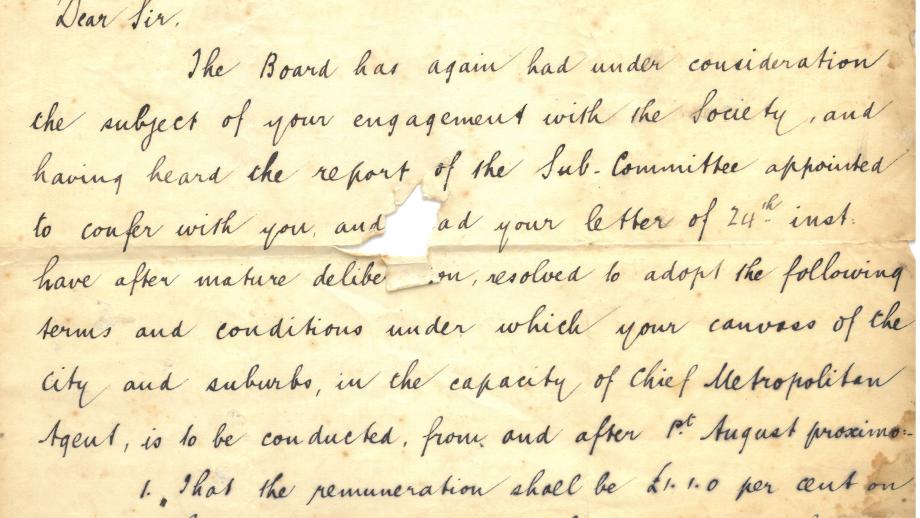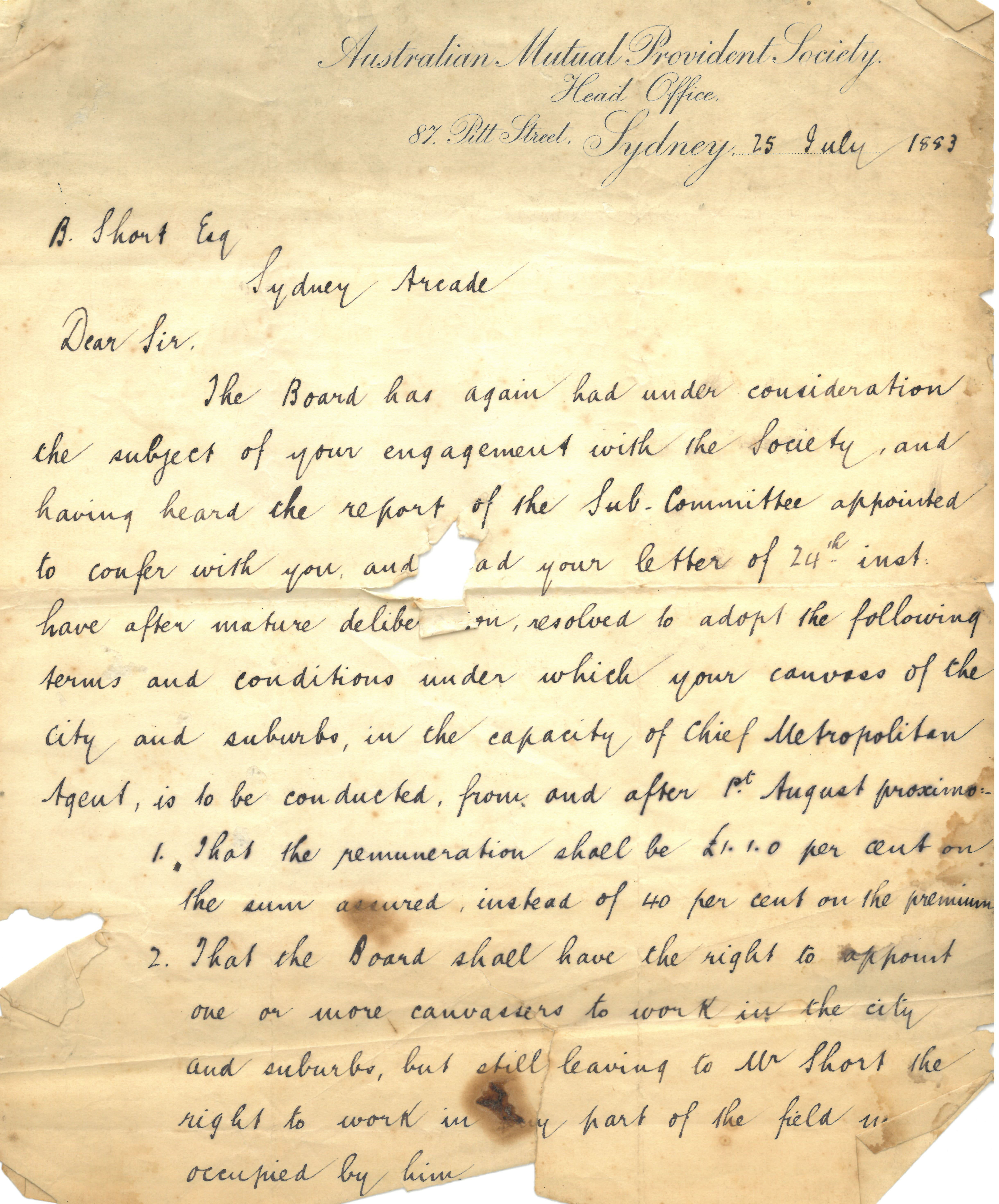Hard Times
The retirement of AMP’s longtime actuary Morrice Black was a huge loss, but he was replaced by the extremely capable Richard Teece as actuary and general manager. Teece was across all aspects of AMP’s operations, having previously been employed as a clerk and later as secretary when Alexander Ralston retired in 1886. Teece was initially recruited by his former schoolmaster at Goulburn Grammar School, H.S. Hawkins. Hawkins persuaded Teece to join AMP as his assistant, and as Hawkins’ health deteriorated, Teece took on more of his work. By his mid-twenties, Teece was chief clerk. He was described as a persuasive and highly competent writer and public speaker who easily could have entered politics. Instead Teece became AMP’s inaugural general manager in September 1890.
In 1892 AMP published a pioneering report on the mortality experience that had been a decade in the making. This was the largest ever undertaking of its kind, analysing the policies of over 130,000 members to produce valuable information regarding leading causes of death and occupations with the highest risk. An important outcome of this study was a change in the Society’s approach to insuring women, who had previously been considered high risk and attracted a surcharge on their policies. In 1894 Teece announced “females will be treated equally with men”, although this now meant women had to undergo the same thorough medical examinations as men. To perform these examinations, for the first time AMP employed female medical examiners, the first being Dr Iza Coghlan in Sydney, Dr G. Clara Stone in Melbourne, and Dr Violet Plummer in Adelaide, the latter being the only female doctor in Adelaide at the time.
In the early 1890s the price of all Australia’s main exports apart from gold fell dramatically and there was a distinct nervousness and pessimism rippling throughout the country. On 11 May 1892 AMP’s Chairman J.P. Abbott, clearly sensing impending doom, warned the New South Wales Government that it should “regulate its banks and life offices, or many of them might fall in a huge crash” (Blainey, 1999). It was too late. That year saw the start of the catastrophic collapse of many of Australia’s banking institutions. The Commercial Bank of Australia, the largest bank in Victoria, collapsed, followed by a suspension of payments by 13 other banks within a six-week period (Reserve Bank of Australia, n.d.). While some banks recovered, and in many cases, creditors were eventually paid, the banking system was under significant strain for years. While life offices were not as vulnerable as banks, they were still severely impacted. AMP had £100,000 of its funds deposited in the Commercial Bank and English Scottish & Australian Bank when each collapsed. This amount quickly grew to £575,000 with the collapse of other banks where AMP had funds invested.
With many desperate for cash, AMP allowed some members to borrow funds on the security of their policies. AMP’s directors gave instructions to be lenient with members who could not pay their premiums. While AMP experienced a sharp fall in the value of its investments, it was never at risk of collapse. Unlike a bank, life offices did not have to pay out large sums at short notice. AMP also managed to continue to attract new customers and build revenue.
Actuary and general manager Richard Teece was integral to AMP maneuvering its way out of trouble within only a few years. AMP was also fortunate that most of its mortgages were held in New South Wales, where property prices remained strong, and it avoided the impacts of the severe drought that plagued Australia during the 1890s by having been fortunate enough to avoid making large loans to pastoralists. AMP was also performing very well in New Zealand, which did not experience the same level of economic depression as Australia at the time.
AMP emerged from the depression without the need to retrench any of its workforce, although financial hardship saw a large number of members abandoning their policies, unable to meet their payments. In 1888 the value of surrendered policies was £100,000 but by 1896 this had risen sharply to £397,000 (Blainey, 1999).

